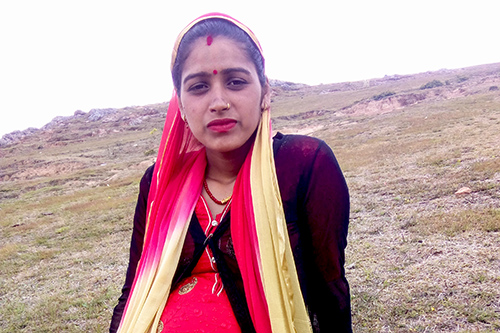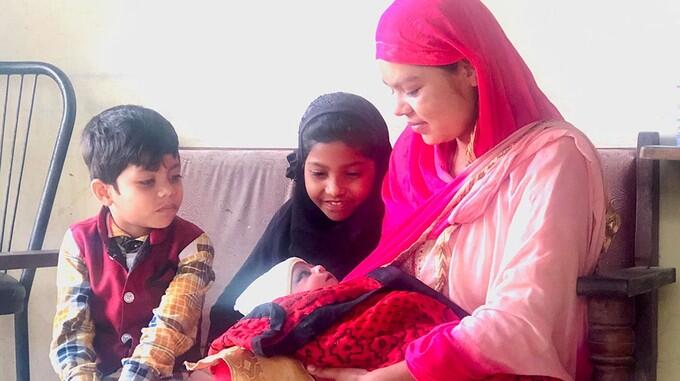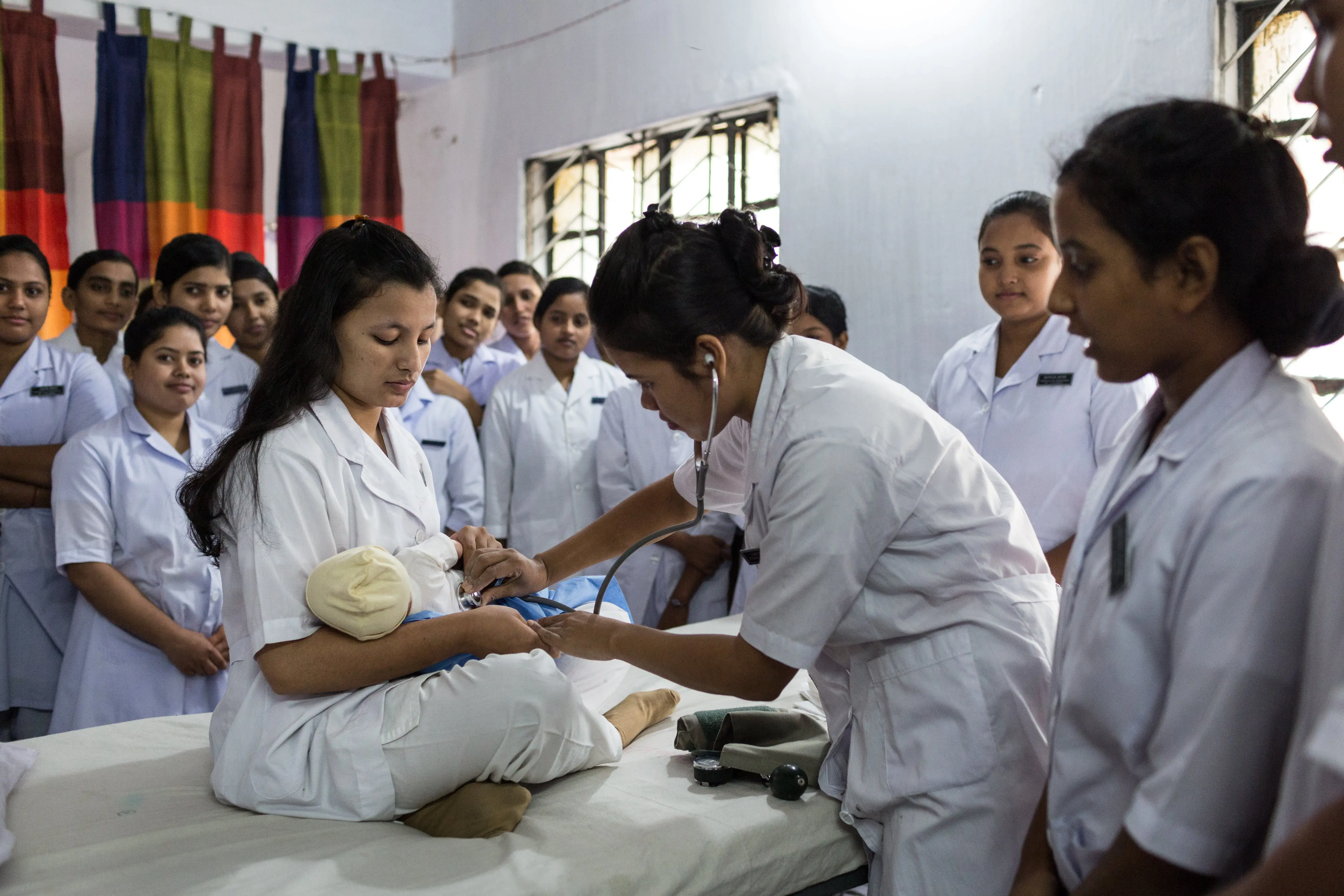KATHMANDU, Nepal – In far-western Nepal, Dhana Bhatt is waiting out the last weeks of her pregnancy, a time that should be joyful. But her anticipation has turned into anxiety as Nepal grapples with the global COVID-19 pandemic. "My pregnancy check-up is due, but I don’t feel safe going out during the coronavirus lockdown,” said Ms. Bhatt, 20.
As of today, the number of confirmed COVID-19 cases in the country had reached 246, according to the World Health Organization. The pandemic has put people of all ages and genders at risk, but pregnant women face particular challenges.
Before the pandemic, only 58 per cent of births in Nepal were attended by skilled health personnel, meaning many women faced serious risks if complications arose during childbirth. But today, women are facing even more barriers to accessing maternal health care, including movement restrictions, transport challenges and anxiety over possibly being exposed to the virus.
“As the lockdown is continuing, most of the women and girls who are in need of reproductive health services are not visiting health facilities,” said Nawal Kishore Jha, chief of the Health Division of the Ministry of Social Development in Province 2.

when it is time to deliver. Image courtesy of Draupadi Dayal
Emergency transport during the pandemic
A recent UNFPA rapid assessment found the utilisation rate of sexual and reproductive health services to be very low, partly due to pandemic-related fears and travel restrictions.
“I am really worried about my delivery, and also about my baby while living through this serious disease,” Ms. Bhatt said. “Questions – like what will happen if complications arise, how will I reach the hospital, will I be able to make it on time – constantly worry me.”
Her nearest health facility, Kesharpur Primary Health Care Centre, is a one-hour walk from her home in Baitadi, and the only way to get there is by foot. If she ends up requiring emergency obstetric care, she will need to travel more than 65 kilometres, mostly over a dirt road, to the district headquarters.
This is what happened to Maisarjaha Khatun, 25, when she went into labour on 12 April. She was expecting to deliver at home, as she had with her first two children, but the pain was too extreme.
“When the pain started reaching an unbearable level, I was taken to the nearby health facility,” Ms. Khatun. There, she was diagnosed with complications too serious for her local health centre in Chauri, Buddhabhumi Municipality. She was referred to the district hospital, 18 kilometres away.
But because of movement restrictions, it took the Khatun family almost two hours to find a vehicle.
“We rang up several people and offices seeking their help to find a vehicle, but to no avail. Luckily, we found a rickshaw and finally reached the district hospital,” said Ms. Khatun’s husband, Barkat Ali, 29.
“On my way to the district hospital, I thought I was dying due to the long labour pains,” Ms. Khatun described.
In the end, she was lucky. She safely delivered a boy.
A need for PPE
Access to sexual and reproductive health services must be assured, even as health systems respond to the pandemic. For this, safe transport options must be available, and women must be assured they – and the health workers who serve them – will be protected from the virus.
“Even in pandemics like COVID-19, we need to provide reproductive health service – otherwise there will be a rise in unplanned pregnancies, unsafe abortion and maternal deaths – we cannot afford to let that happen,” said Mr. Jha.
“But we also need to ensure that our health facility continues to receive all the supplies we need and our health workers, are protected,” he adds.
UNFPA is working with the Government and UN partners including WHO and UNICEF, to support the health system and keep reproductive services available. In April, with funding from China, UNFPA delivered 1,200 personal protective equipment kits to authorities, containing masks, face shields, goggles, head and shoe covers, gowns and other essential supplies.




